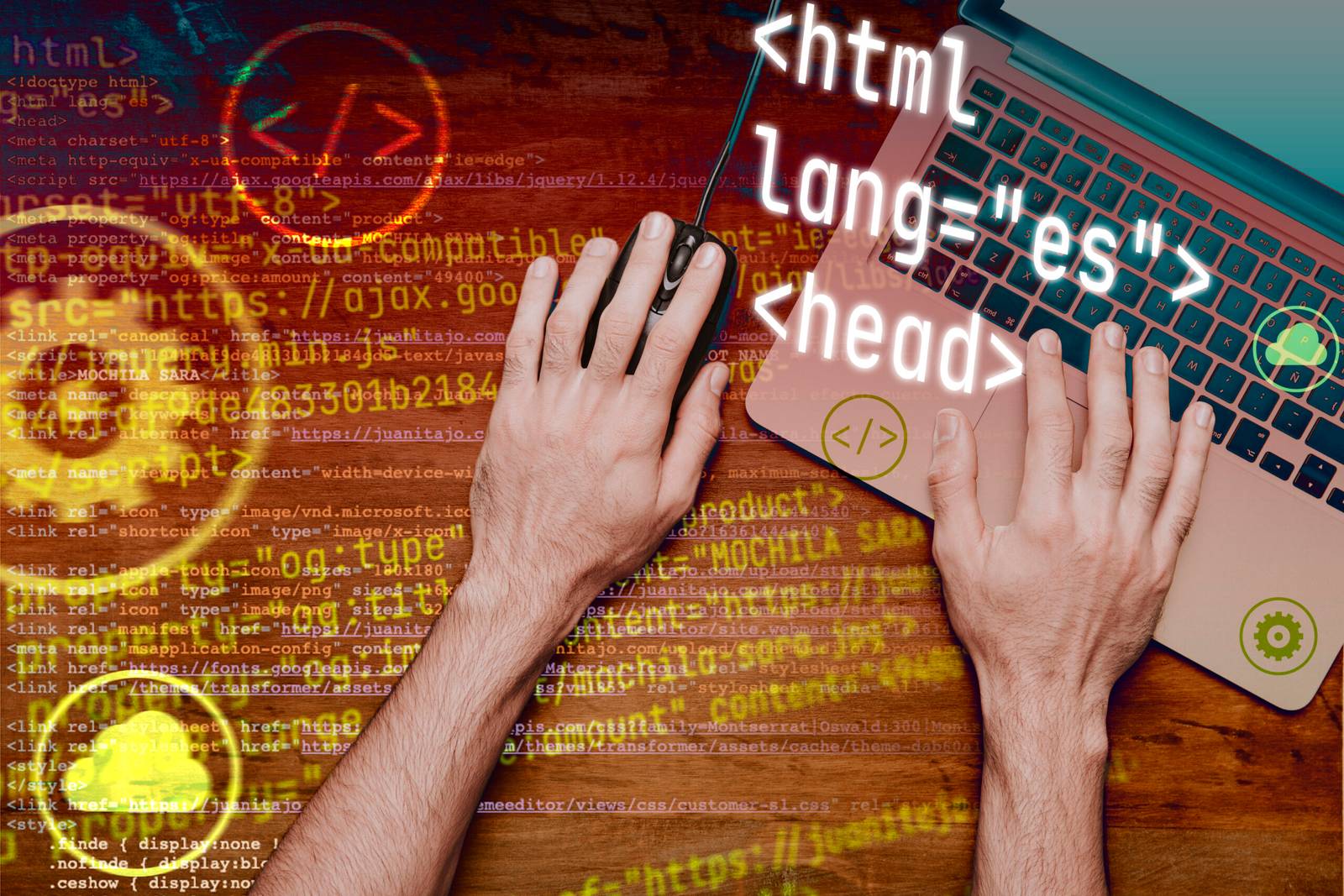AI in Language Translation: Breaking Down Language Barriers

by Web Digital
In our interconnected world, the role of Artificial Intelligence (AI) in language translation is pivotal, transcending linguistic divides and fostering global communication. This article delves into the evolution, applications, challenges, and future prospects of AI in language translation, exploring how technology is reshaping the way we bridge linguistic gaps.
Evolution of AI in Language Translation:
The journey of AI in language translation traces back to rule-based systems that relied on predefined linguistic rules. However, the advent of statistical machine translation marked a significant shift, utilizing large bilingual datasets to generate translations. The true revolution emerged with the rise of neural machine translation, where deep learning models, particularly recurrent neural networks and later transformer models, showcased unprecedented accuracy and fluency in translation.
Applications Across Sectors:
Global Business and Commerce:
AI-driven translation facilitates seamless communication in the business realm, enabling companies to engage with international clients, customers, and partners. Accurate and context-aware translations are crucial for negotiations, contracts, and marketing materials.
Multilingual Content Creation:
Content creators leverage AI translation to reach diverse audiences. Bloggers, journalists, and social media influencers use automated translation tools to adapt their content for global readership, broadening their impact and fostering cross-cultural understanding.
E-Learning and Education:
AI-enhanced translation plays a vital role in the global education landscape. Online courses, educational materials, and collaborative research benefit from automated translation, breaking down language barriers for students and scholars worldwide.
Healthcare Communication:
In healthcare settings, accurate communication is imperative. AI-powered translation aids medical professionals in interacting with patients from different linguistic backgrounds, ensuring that critical information is conveyed effectively and compassionately.
Legal and Judicial Proceedings:
Legal documents, contracts, and judicial proceedings often involve complex language. AI translation tools assist legal professionals in interpreting and translating documents accurately, facilitating international legal collaboration.
Challenges in AI Translation:
Contextual Understanding:
Capturing nuanced meanings and context remains a challenge for AI translation. The ambiguity of certain words and phrases requires a deeper understanding of cultural and contextual subtleties, which AI models may struggle to grasp accurately.
Rare Languages and Dialects:
AI models are more proficient in widely spoken languages, and challenges arise when translating rare languages or dialects. Limited training data for these languages hinders the development of robust translation models.
Maintaining Privacy:
Privacy concerns arise when sensitive or confidential information is subjected to AI translation. Ensuring data security and compliance with privacy regulations is crucial, especially in industries like healthcare and law.
Post-Editing Requirements:
While AI has significantly improved translation accuracy, post-editing by human linguists is often required for complex or specialized content.
Future Prospects and Innovations:
Integration of Multimodal AI:
Future advancements may involve the integration of multimodal AI, combining language understanding with visual and contextual cues. This holistic approach aims to enhance the accuracy and contextual awareness of AI translation models.
Real-Time Translation Devices:
The development of compact, real-time translation devices equipped with advanced AI algorithms could revolutionize face-to-face communication. These devices may facilitate natural conversations in diverse languages, fostering a more interconnected global community.
Continuous Learning and Adaptation:
AI models that can continuously learn and adapt to evolving linguistic nuances are on the horizon. This approach aims to address the dynamic nature of languages, including the emergence of new words, phrases, and cultural shifts.
Enhanced Customization and Specialization:
Tailoring AI translation models for specific industries and domains, such as legal, medical, or technical translation, will likely be a focus. Specialized models can better understand the unique terminology and requirements of different fields.
Ethical Considerations:
Bias in Translation:
Efforts are needed to ensure that translation algorithms promote inclusivity and avoid reinforcing cultural or gender biases.
Preserving Linguistic Diversity:
While AI can break down language barriers, it’s essential to preserve linguistic diversity. AI developers and linguists should collaborate to ensure that minority languages and dialects are adequately represented and supported.
Conclusion:
In conclusion, AI in language translation is a transformative force, dismantling language barriers and fostering global understanding. From business and education to healthcare and beyond, the applications of AI translation are far-reaching. While challenges persist, ongoing innovations and ethical considerations are guiding the evolution of these technologies. As we navigate this linguistic landscape, the future promises a world where effective communication knows no bounds, creating a more connected and inclusive global community.
Recommended Posts

The Best Email Marketing Platforms for Canadian Users
September 27, 2025

How to Use Google Business Profile for Local SEO
September 26, 2025

Website Maintenance Checklist for Canadian Small Businesses
September 26, 2025
